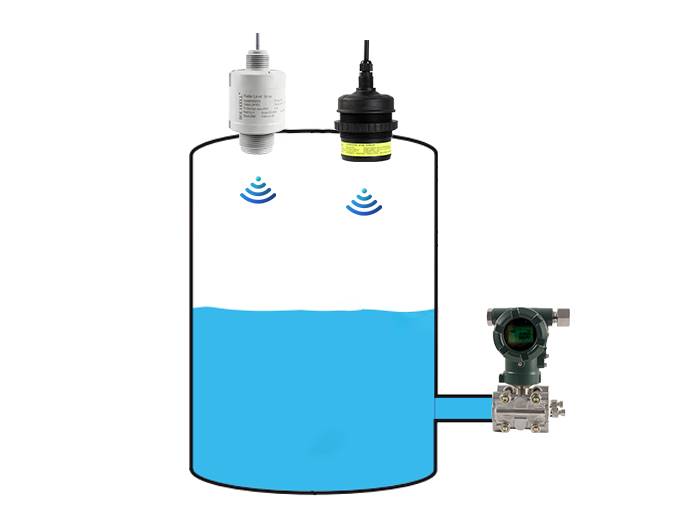Preventing Tank Overflows: A Critical Safety Investment
Tank overflows have long been one of the leading causes of serious safety incidents in bulk liquid storage facilities. However, overflows are not random; they are predictable and, more importantly, preventable.
According to Industry historical data from Marsh and McLennan Companies shows that tank overflows occur once every 3,300 oil transfer operations.
For example in 2009, Puerto Rico, USA, during a fuel unloading operation, a tank overflowed with five million gallons of gasoline, causing a large vapor cloud that ignited upon contact with a nearby waste treatment plant’s heat source. The explosion produced a shockwave equivalent to a 2.9 magnitude earthquake and led to widespread air pollution and oil contamination of nearby soil and waterways.
The incidents underscore the need for reliable overfill protection systems. Tank overflows not only risk lives and property but also result in environmental damage and significant financial losses.
The Role of Modern Technology in Overfill Prevention
To prevent overflows, it’s crucial to have a reliable, real-time monitoring system in place.

Generally we use level sensors, including radar sensors, ultrasonic sensors, or differential pressure transmitters.
Radar level sensors can accurately monitor the liquid level in tanks, even in the presence of foam or vapor. They provide continuous, real-time data on the liquid level, allowing operators to take action before an overflow occurs. Unlike other technologies, radar sensors are immune to the effects of temperature, pressure, and vapor.
Ultrasonic sensors are another effective solution for measuring liquid levels. They offer reliable performance in various liquid environments, providing non-contact measurement and helping to detect rising levels before they cause an overflow.
Differential pressure transmitters measure the pressure difference between the top and bottom of a tank, providing accurate readings of the liquid level. They are particularly useful in large storage tanks, installed at the bottom of the tank.
In such industry, the best practice is to use two or more different measurements to prevent accidents, in other words, Don’t put all your eggs in one basket.
By integrating these sensors with wireless modules and cloud platforms, operators can access real-time data remotely via PC or APP. The system can trigger automatic alerts if liquid levels reach a preset threshold, allowing for faster responses to prevent overflows. Cloud-based systems also provide historical data analysis, video surveillance, helping facilities identify trends and improve tank management practices.
Best Practices for Overfill Prevention
To ensure the effectiveness of overfill protection, several best practices should be followed:
Multiple Independent Protection Layers: It is essential to use multiple independent protection layers, which ensures that even if one system fails, others will provide backup protection.
Proper Installation: Correct installation is key to accurate monitoring. Ensure the tank’s sensors are placed at appropriate locations and that the system is calibrated for the specific conditions of the tank and liquid being stored.
Maintenance and Testing: Regular maintenance and testing of sensors, especially overfill protection systems, are essential to ensure reliability. This includes checking for sensor calibration, proper functioning, and any potential faults in the system.
Employee Training: Proper training for operators on using these technologies and understanding the system’s alerts is crucial. This will help ensure quick and effective actions when overfill situations arise.
Investing in these systems is not just about compliance with regulations—it’s about proactively managing risk and improving operational efficiency. Our monitoring systems have been applied successfully in over 30,000 projects. Contact us for more details.





